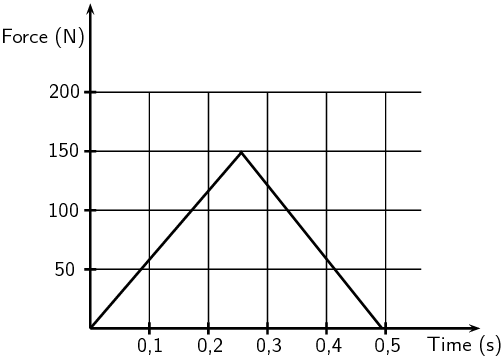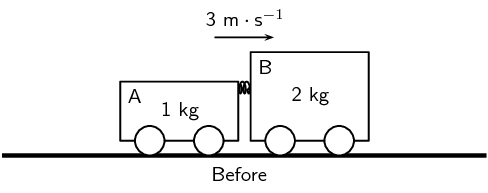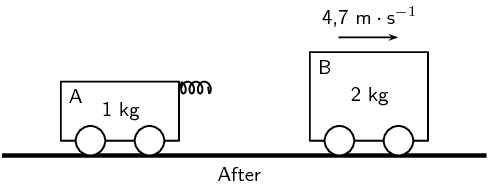[SC 2003/11]A projectile is fired vertically upwards from the ground. At the highest point of its motion, the projectile explodes and separates into two pieces of equal mass. If one of the pieces is projected vertically upwards after the explosion, the second piece will...
-
drop to the ground at zero initial speed.
-
be projected downwards at the same initial speed as the first piece.
-
be projected upwards at the same initial speed as the first piece.
-
be projected downwards at twice the initial speed as the first piece.
be projected downwards at the same initial speed as the first piece.




